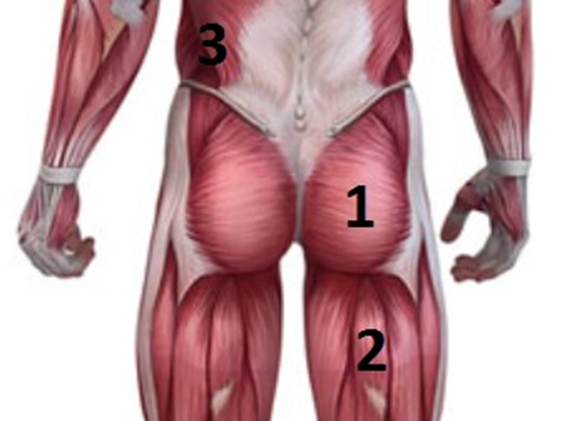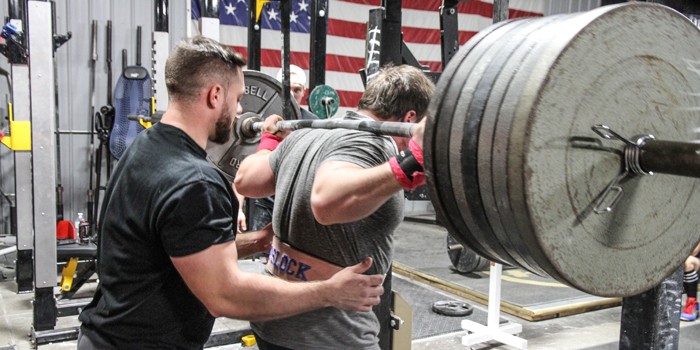
A common complaint from lifters is general low back pain while squatting (not necessarily a severe injury pain, but constant nagging low back tightness). While there can be a number of reasons for this (and you should see a doctor if the pain persists), often times it's actually because you're using the wrong firing pattern when performing your squat.
Common instruction for setting up and unracking a squat used to consist of "arch your back as hard as you can" and "abs tight" as the primary cues. Some still teach these, and there can be a place for them in certain situations, but I've found taking a different approach leads to a stronger unrack and less low back pain/tightness.
The reason being is because most people engage their abs and low back before their glutes, and their low back ends up trying to do the job of hip extension throughout the unrack and the squat (leading to a severe low back pump). Since the low back isn't as strong as the glutes, it can also lead to an unstable unrack and walkout, and the weight feeling a lot heavier than it should.
I discovered the importance of this through talking with JL Holdsworth and studying the Reflexive Performance Reset (RPR) methodology being taught by JL, Cal Dietz, and Chris Korfist; along with listening to lifters like Chris Duffin and Steve Goggins, and experimenting with my own technique. These discussions led to re-examining the sequence in which I engaged muscles during setup and execution of the squat.
One of the muscle tests for hip extension in RPR allows us to examine the firing pattern that a lifter is in the habit of using, and commonly it looks like this: (1) Low Back (2) Hamstrings (3) Glutes - with the low back or hamstrings engaging (and taking the majority of the exercise load) first. This causes the issues we discussed before. What we actually want is a pattern where the glutes engage first, which sets the tone for the rest of the movement:
..This allows the low back to stabilize in it's appropriate position, versus take on the load of what the glutes should be doing.
Re-examining the pattern of how you engage your muscles during a squat unrack can make a huge difference, and I've seen it be a gamechanger for myself and my clients. For more information on this, I recommend checking out the Reflexive Performance Reset approach, which has become a huge part of my philosophy on movement. In the meantime, next time you squat try the following:
When you set up under the barbell, squeeze your glutes during your unrack and leg press the bar out of the rack. Then keep your glutes squeezed throughout the walk-out, and make sure they're engaged before you lock your abs tight to take your air and begin your squat. It may take getting used to, but you'll feel a lot more stable and pressure will be taken off your low back...
For Coaching & Programming Questions, feel free to contact me at joeschillero@gmail.com
--
Ask me a Question on our free team elitefts Q&A















2 Comments